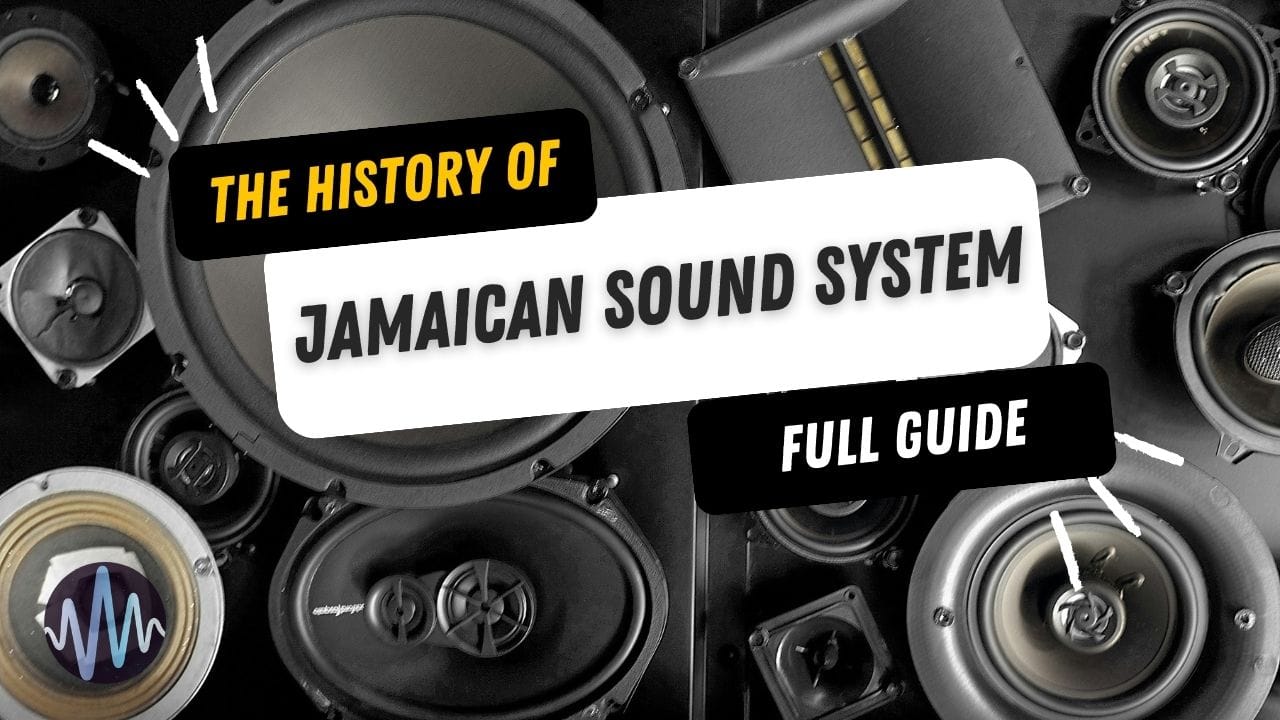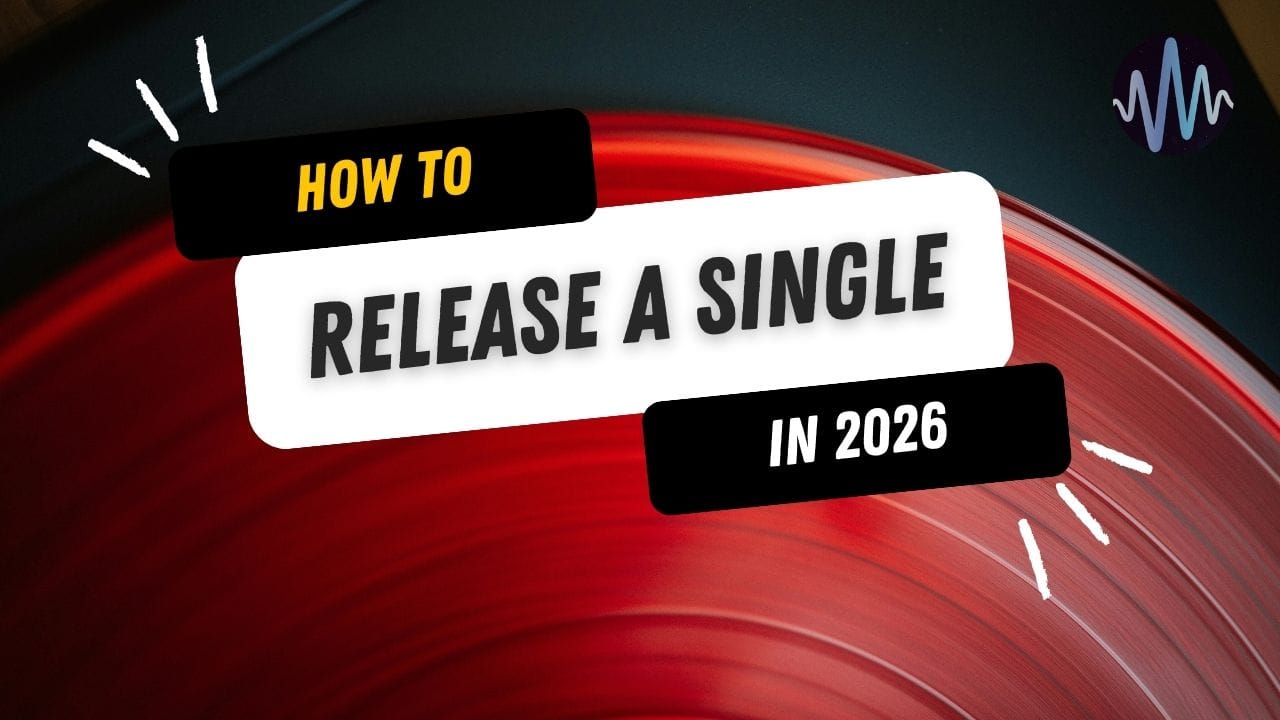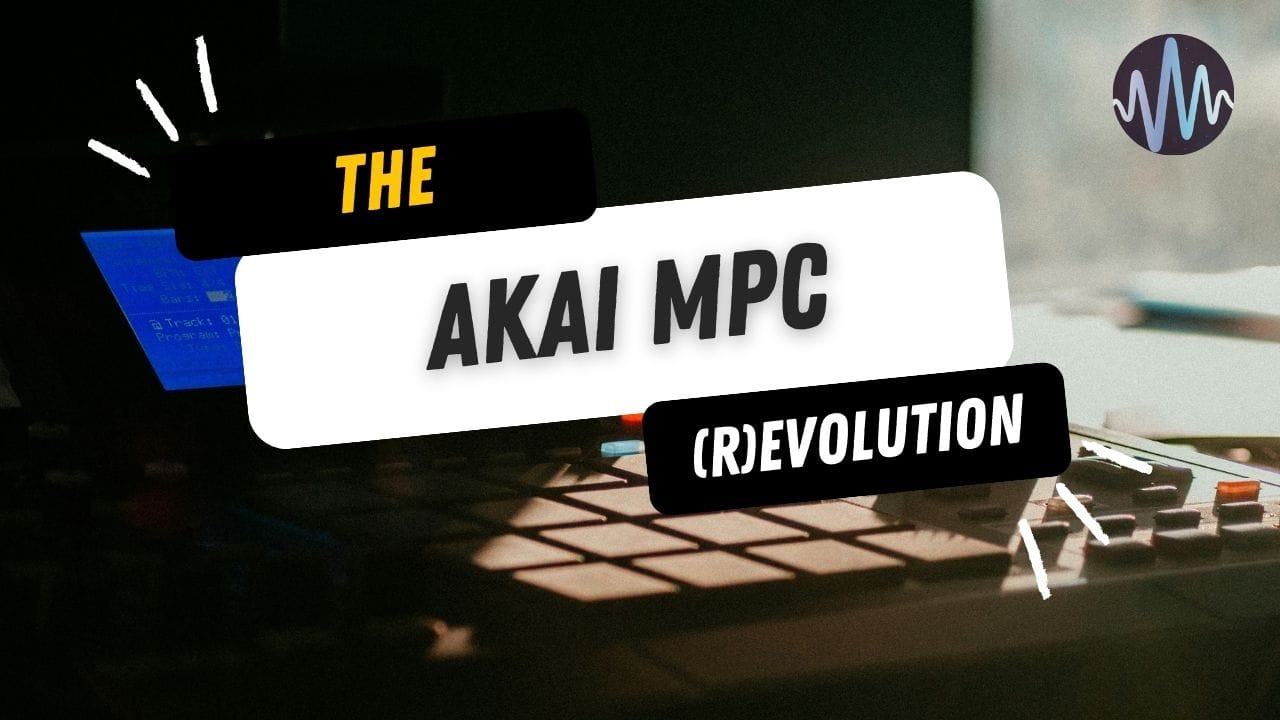
That killer drum sample you spent hours finding? The vocal take that gave you goosebumps? Your painstakingly crafted synth patch? They're all worthless if your gain staging is a mess.
Harsh, but true.
Producers spend thousands on fancy plugins chasing that "pro sound," yet many never solve the actual problem hiding in plain sight: gain staging. It's the invisible architecture behind every great mix.
And it’s strange how something so fundamental remains so misunderstood. Ask ten producers to define gain, and you'll get ten different answers – most of them wrong.
Ready to unpack what gain actually is? Let's dive in.
What Gain REALLY Is (Not Just "Volume")
Let's clear something up immediately: gain is not volume.
- Volume controls the output level – how loud something plays through your speakers.
- Gain controls the input level – how hot a signal hits whatever's next in the chain.
- One affects what you hear; the other affects how your audio gets processed.
Think of gain as the strength of the electrical signal itself. In analog gear, it literally determines how hard electrons slam into transformers, tubes, and transistors. This matters because analog circuits respond differently depending on how hard they're driven, from subtle warmth to full-blown distortion.
Digital audio translated this concept, but with a twist:
- In your DAW, the gain still controls the input level.
- Processing happens through algorithms rather than physical components.
- Your plugins are calculating what would happen if a certain level hits a circuit.
- This is why proper gain staging remains essential even when mixing entirely "in the box".
The signal path for any sound follows a predictable journey: microphone → preamp → converter → DAW → plugins → mix bus → master. Each stage has an optimal operating level, and too much gain at any point creates problems that cascade throughout the entire chain.
This distinction explains why cranking a fader doesn't sound the same as applying gain at the source.
Volume simply makes the final result louder, while gain changes how the sound gets processed every step of the way. And that’s the all-important bottom line.
Gain Staging Fundamentals
Gain is everywhere in your mix. Every plugin, every fader, every input has its own gain stage, and they all work together in a chain.
Think of your mix like water flowing through pipes. The preamp is where water enters the system, plugins are like filters and pressure regulators along the way, and faders are the final taps. If pressure gets too high anywhere in the system, you'll have problems down the line.
Here's where gain gets added or changed throughout your signal path:
- Preamp/interface input gain: Your first and most critical gain stage.
- DAW clip/region gain: Adjusts recorded audio before it hits the mixer.
- EQ plugins: Each boost adds gain to specific frequencies.
- Compressors: Can add gain through makeup gain controls.
- Saturation/distortion plugins: Add harmonics and often increase perceived loudness.
- Channel faders: Adjust the final output level of each track.
- Bus processing: Adds another gain stage when tracks are grouped.
- Master fader: The final gain control before output.
An EQ has gain on every band to show how much the selected frequencies are boosted (adding gain) or attenuated (reducing gain).
A compressor with output gain is at the bottom right. Make-up gain is instead used to ‘make up’ for volume loss from compression.
Once you’ve composed a track and look at your mixer with channel faders sitting nicely around the 0 dB mark (providing your song sounds alright and isn’t clipping the master), that's not just aesthetically pleasing – it means you’ve properly managed gain at every previous stage.
So, you generally want most faders to sit around the unity (0 dB) mark in a well-gain-staged mix.
This gives you bidirectional control - the ability to move up or down as needed during mixing.
If your mix busses are clipping like this, don’t touch them. Instead, start with the first thing in the chain – your clip or instrument volume, and work forward. The goal is to achieve balance, though, not merely turn one thing down and leave the rest.
Gain Staging Best Practices
Now that we understand gain exists throughout the signal chain, let's look at how to optimize each stage. The goal is to maintain healthy levels from start to finish so your faders can sit comfortably around unity when mixing.
Recording: Get It Right at the Source
Recording at appropriate levels sets the stage for everything that follows.
As a rule of thumb, aim for input peaks between -12 and -6 dB on your interface meters. This gives you enough signal to work with while leaving headroom for unexpected peaks.
The old analog wisdom of "recording hot" doesn't apply to digital systems – there's no sound quality benefit to pushing levels near 0 dB in a DAW.
For dynamic sources like drums and vocals, leave even more headroom for transient sounds like loud snare hits.
Plugin Order: The Sequence Matters
The order of your plugins significantly impacts gain staging. As a general rule:
- Start with subtractive EQ to remove problematic frequencies before they hit other processors.
- Follow with dynamics processors (compressors, limiters) to tame the signal's peaks and valleys.
- Add color with saturation, distortion, or additive EQ after controlling dynamics.
- End with time-based effects (reverb, delay) that should receive properly conditioned signals.
Between each plugin, check if the signal level still makes sense. Some engineers add utility gain plugins between processors specifically for calibration.
EQ: Gain Isn't Just About Volume
When using EQ, remember that every boost increases gain, not just overall volume, but gain at specific frequencies. This can cause problems in subsequent processors.
The solution? Cut more, boost less. Instead of boosting highs, try cutting lows. Instead of boosting a vocal to hear it better, try carving space for it in other instruments.
If you need to boost, consider using a trim plugin after your EQ to keep overall levels consistent. Many modern EQs include output gain controls specifically for this purpose.
Compression: Managing Dynamic Range
Compressors inherently alter your gain structure. They reduce peaks, which lowers the overall level, then typically add makeup gain to compensate.
Start with conservative ratios and thresholds, then adjust makeup gain to match the input level. The goal is usually to control dynamics without actually increasing loudness.
A common mistake is over-compressing and then cranking makeup gain, which destroys dynamics and pushes too much gain forward in your chain. If you find yourself adding tons of makeup gain, rethink your compression settings.
Not all compressors have make-up gain and gain. When absent, you will be controlling the gain to make up for signal loss during compression and setting the final output volume.
Bus Processing: The Cumulative Effect
When mixing, you'll typically route similar elements to buses (drums, vocals, guitars, etc.). Each bus represents another gain stage.
The key here is managing the cumulative effect:
- Ten drum tracks peaking at -10 dB might create a drum bus that's suddenly hitting 0 dB.
- Pull your bus fader down preemptively before sending multiple tracks to it.
- Apply the same gain staging principles to bus processing as you would to individual tracks.
- Keep an eye on meters and adjust bus plugin gains accordingly.
The Master Bus: Final Checkpoint
Your master fader shows the sum of all your gain-staging decisions. In a well-structured mix, it should peak around -6 dB before mastering processing.
Headroom gives you room to make final mix adjustments without clipping. If your master is consistently hitting near 0 dB during mixing, you've likely got gain staging issues upstream that need addressing.
Resist the temptation to slap a limiter on your master bus just to control peaks. This masks problems rather than solving them, and it limits your ability to hear what's actually happening in your mix.
Honestly, avoiding limiting your master bus too early on is one of the best things you can do to improve your mixing skills.
While it’s very common for modern music to brickwall and squash down into an undynamic block, that’s a decision you can make after your mix sounds good the ‘proper’ way.
On that note, try not to ‘fix it in the master’ – if your master bus is clipping and levels are generally a mess, fix it with gain staging, not plugins.
The "Hot Recording" Myth
"Get the meters into the red!" This outdated advice from the analog era still haunts modern recording.
In analog systems, recording hot could improve signal-to-noise ratio by keeping the signal above the noise floor. In digital systems, this simply doesn't apply. The noise floor is so low that recording at moderate levels gives you all the quality you need while providing crucial headroom.
- Pure digital conversion doesn't inherently sound "better" at higher levels.
- BUT many preamps, converters, and analog-modeled plugins absolutely do respond differently (often more characterfully) when pushed harder.
- The key is intentional level decisions for creative effect, not recording hot due to technical misconceptions.
- Digital clipping still creates harsh, unusable distortion, unlike analog saturation.
If you want character from pushing levels, do it intentionally through specific hardware or plugins designed for saturation, not by slamming your entire recording chain.
When Pushing Gain Actually Works
Not every gain rule is meant to be followed religiously. Sometimes, deliberately pushing gain past "safe" levels creates exactly the sound modern productions need. The key is understanding when and how to break the rules.
In electronic music especially, gain manipulation has evolved into a core production technique.
- Drum & bass producers clip transients to create that signature aggressive snare crack.
- Dubstep sees producers driving multiple saturation stages for those searing mid-range basses.
- Hardstyle kicks get their distinctive "punch through the mix" quality from precise gain distortion.
- Gabber and speedcore push digital systems to their absolute limits as an aesthetic choice.
- Even mainstream EDM builds drops around sounds that are deliberately clipping or saturated.
Beyond electronic music, it has generally been viewed as a trend to squash dynamic range by introducing clipping at various stages in your mix (though this is changing; it’s a big talking point – many producers are reverting to more dynamic mixes).
BUT, you should do this on a case-by-case basis, using gain and/or clipping plugins on your channel tracks and buses, and generally not the master.
Remember, if commercial-level volume and presence are your aim, gain is a small part of achieving that.
Think about distortion, saturation, width, reverb, compression, EQ, side-chaining, etc, before slamming your levels with limiters and brickwalled channels. Don’t ruin your gain structure to achieve loudness!
Analog Emulation: When to Push It
Finally, gain is a complex thing in the digital world when we take into account analog emulation, which involves processors that respond to input gain.
So, suppose you have an analog emulator on your channel. It might not do much if your clip is quiet. Crank your clip, however, and the output will change totally. You can still set the output gain separately.
Here are some examples of well-known plugins that work like this:
- Distortion plugins like iZotope Trash, FabFilter Saturn, and SoundToys Decapitator completely transform based on input level, from subtle to extreme destruction.
- Amp simulators (Guitar Rig, Amplitube, Bias) respond to input gain just like real amps, with their character changing dramatically as you push them harder.
- Tape emulations (Slate VTM, Waves J37, UAD Studer) need sufficient input gain to generate those desirable high-frequency saturations.
- Channel strip emulations (Scheps 73, bx_console, Neve plugins) develop character when pushed toward their virtual "headroom" limits.
The entire category of "analog warmth" plugins exists because gain manipulation sounds different through modeled circuits than through pure digital processes.
Experimentation is the name of the game here. Just remember that you can drive the hell out of these plugins and still set your output gain at a reasonable level.
Mastering the Gain Game
Gain staging builds the foundation that makes or breaks your productions. When done right, it creates a mix environment where your creative decisions translate clearly and your tools work as intended.
Record with headroom, manage gain between plugins, keep faders near unity, and leave space for mastering. Whether creating pristine recordings or deliberately smashing signals for effect, understanding gain separates amateur from professional sound.
Ready to put these principles into practice? Sample Focus offers thousands of high-quality, professional samples across every genre, giving you the perfect foundation for your tracks.
Check out our samples and experience the difference proper gain management makes from day one.





Comments